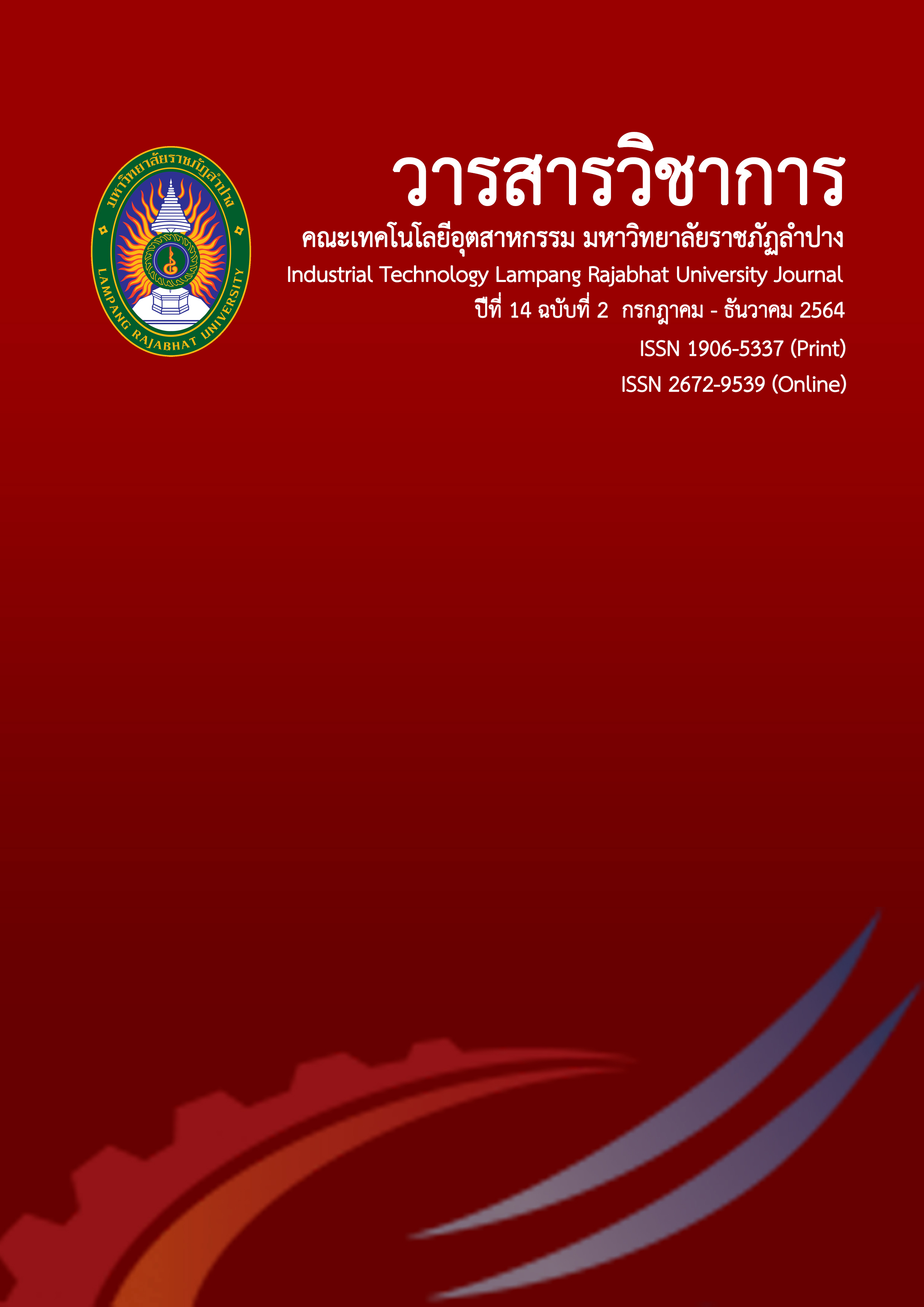Design and Development of Cardboard Prototypes to Promote Learning in Robotic Technology
Keywords:
Cardboard, Tool kits, Educational RobotAbstract
The aim of this research was to design, develop, and evaluate the performance of cardboard prototypes to promote learning in robotic technology. This research sought to provide a way for interested parties to develop their own robots in various forms. The programming board “NodeMCU” using C language and able to be designed and developed for use in the detection of gas and smoke, was used in this research. This research had 3 objectives: 1) to design and develop a robot prototype; 2) to assess the participants’ (n = 18) satisfaction with the robot prototype design and their development; and 3) to assess the performance of the prototype robot. The results of the experiment are as follows: 1) assessment in 5 areas of the design and development of the robot prototype using cardboard showed a good level (4.23/5, standard deviation = 0.73); 2) assessment of the participants’ satisfaction showed a good level (3.79/5, standard deviation = 0.64); and 3) the prototype robot could display output from the screen according to the instructions of the program at a good level: the gas and smoke detector using gas from the lighter was performed 10 times with the unit measured in part per million (ppm)- average of the gas was 412.2 ppm.
References
Eguchi, A. (2014). Robotics as a Learning Tool for Educational Transformation. Proceedings of 4th International Workshop Teaching Robotics. Teaching with Robotics &5th International Conference Robotics in Education.
Kadthaisong, N. and Pholsayom, N., (2016). Carry a wheel through wireless. Journal of Intellectual Computer Science Project. Vol 2. (1).
Kits, M. (2016). IBM TJBot. [online], Available: https://ibmtjbot.github.io/#gettj. access on March 27, 2021.
Krungsri Guru. (2021). Cities of the future when the system can work for real people. [online], Available: https://www.krungsri.com/th/plearn-plearn/robotic-system-in-near-future. access on March 27, 2021.
Vandevelde, C., et al. (2016). Design and Evaluation of a DIY Construction System for Educational Robot Kits. Int J Technol Des Educ 26. 521–540.
Downloads
Published
Issue
Section
License
Copyright (c) 2021 Industry Technology Lampang Rajabhat University

This work is licensed under a Creative Commons Attribution-NonCommercial-NoDerivatives 4.0 International License.






